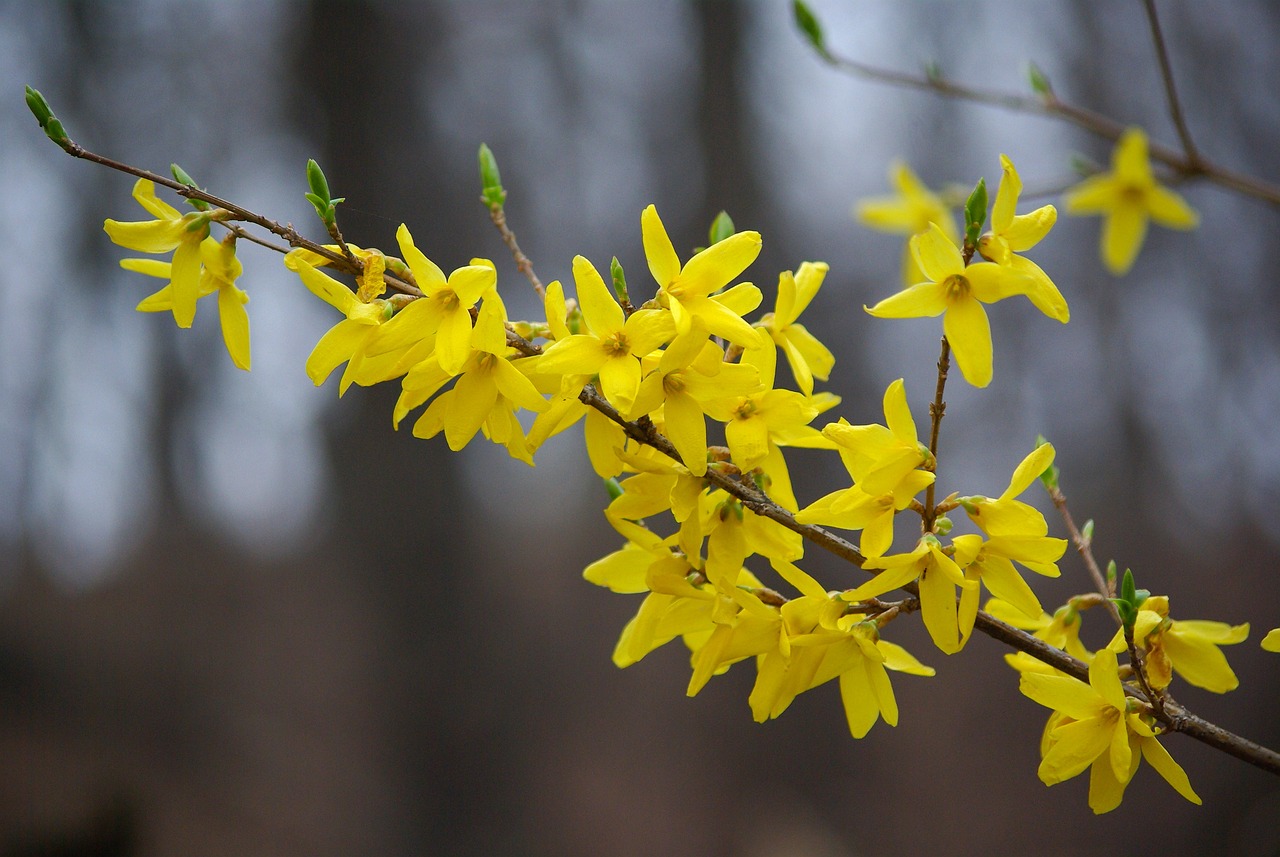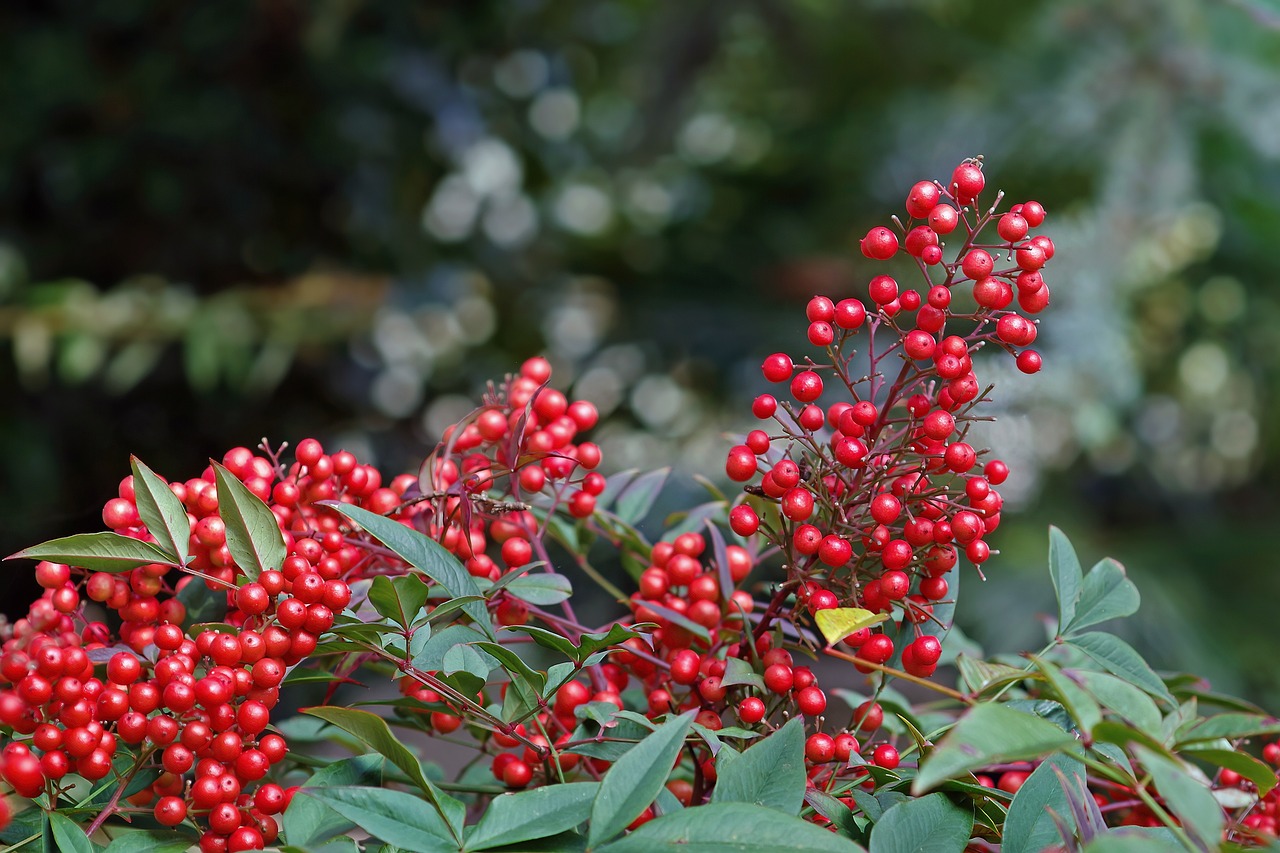Forsythia | The Golden Flower that Heralds the Beginning of Spring

Forsythia is known as a flower that announces the arrival of spring, with its vivid yellow blossoms covering the entire branches. Its simple yet charming appearance makes it beloved in many gardens and parks.
In this article, I will introduce the essential information about forsythia, along with its cultural background, history, and tips for successful cultivation.
Basic Information
- Scientific name: Forsythia suspensa
- Family: Oleaceae
- Origin: China, Korea, Japan
- Appearance: Forsythia produces numerous small yellow flowers along its branches. Each blossom has four petals that open in a cross shape. As the plant matures, it can reach a height of 2–3 meters, with arching branches that create an elegant silhouette.
- Blooming season: Early spring (March–April), brightening the scenery with vibrant yellow even before other flowers begin to bloom.
Cultural Significance Around the World

Forsythia is widely cherished in Asia as a symbol of spring.
In Japan, it blooms before cherry blossoms and is admired as a seasonal harbinger of spring in many gardens.
In China and Korea, forsythia is equally beloved as a symbol of spring landscapes. During Lunar New Year, decorating with its branches is believed to bring good fortune and prosperity.
In Korea, forsythia symbolizes “hope” and is commonly planted along streets and in parks, vividly coloring the spring scenery. In China, it has long been grown in gardens, where the yellow blossoms symbolize “joy” and “happiness.”
Historical Background
Forsythia has been cultivated in China since ancient times as a medicinal plant and was regarded as an important herb in traditional Chinese medicine. Later, it gained popularity as an ornamental plant and often appeared in ancient poetry and literature.
As part of the Yellow River civilization, forsythia became a symbolic plant in regional gardens.
The scientific name Forsythia was given in honor of William Forsyth, an 18th-century Scottish botanist and royal gardener, who played a key role in introducing the plant to Europe.
Thus, forsythia spread from East Asia to Europe, becoming recognized as a flower that heralds the coming of spring.
Gardening Advice

Forsythia is a hardy and easy-to-grow shrub that adapts well to various environments, though it thrives best in sunny locations. Abundant sunlight encourages plentiful blossoms, so a south-facing garden space is ideal.
It is also drought-tolerant and requires relatively little watering. Use well-drained soil, and for young plants, water regularly from spring to autumn to prevent the soil from drying out.
Forsythia responds well to pruning. After flowering, trim back overgrown branches to maintain a beautiful shape. Since it grows quickly, regular pruning helps keep its form balanced.
It is also quite cold-resistant and can generally overwinter outdoors in Japan’s climate.
Conclusion
Forsythia is an attractive shrub with bright yellow blossoms that bloom in early spring. Its vivid colors bring cheer to any garden, serving as a joyful sign of spring’s arrival.
Because it is easy to grow and prune, I highly recommend it even for beginner gardeners. Bring the joy of spring into your garden by growing forsythia.






